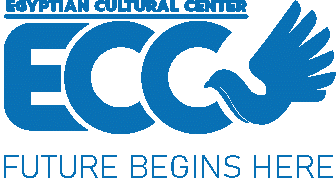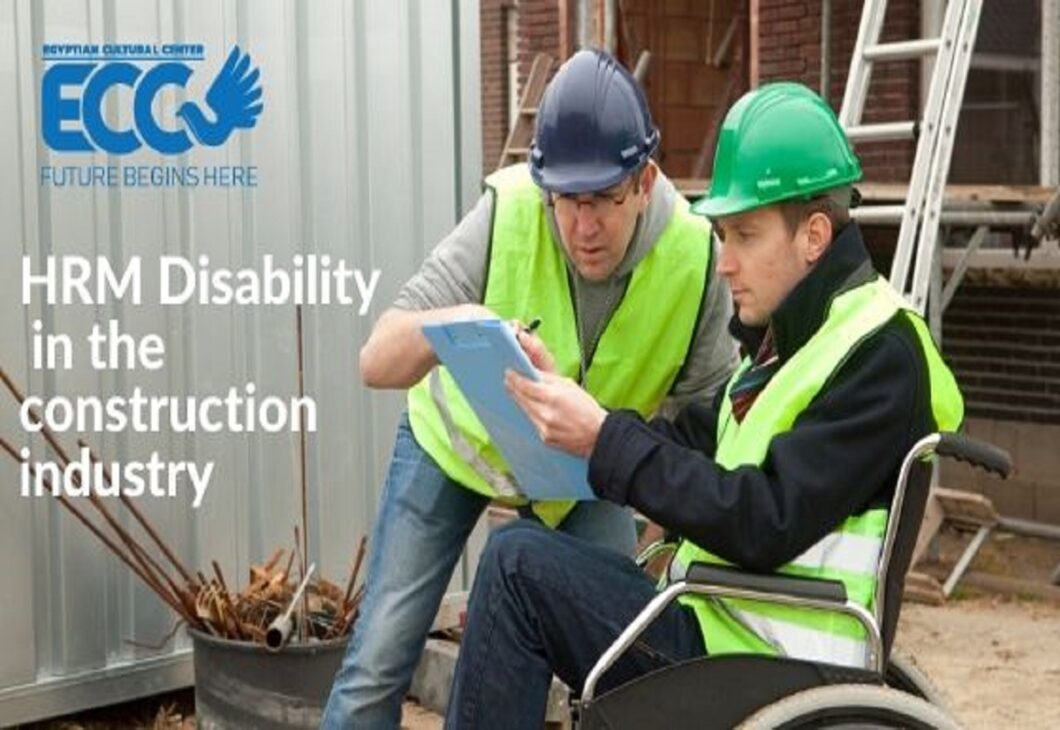1. Introduction:
One of the main crucial problems of the construction industries is that the number of labor and workers exiting the construction sector is more than the number of people entering it, which forced the construction companies and contractors invent methods such as human resource management in order to attract talented skilled people back to it. Previous researches stated that maintain diversity in the construction sectors improve the performance and profitability of the firms. (Dolive, 2017)
The success of any business is built on its ability to attract, develop and retain employees. In any organization the employees are considered the most valuable asset especially in labour intensive industries that is built up on its labours such as construction. However the most difficult resource to Handel in any organization in the work group since each human has his own needs that must be fulfilled and habits that must be managed. In the organizational set up People have their own perspectives, values and attributes that needs to be managed to provide benefits to the organization in order to avoid the growth limitation of an organization. There were numerous examples of projects crises that occurred because of the human behavior in the construction sector, however the human resource management well implemented practices seems to eliminate these risks. (Malkani, & Kambekar, 2013)
The human resource management program that servers the employees of the organization is known as one of the best human resource programs since its main objective is to maximize the link between the employee’s goals and objectives with the organizations goals and objectives. (Schuler, 1992). The organizations are more likely to be sustainable when the legitimate needs of the organization and the employees are met. HRM/RH might be enhanced through shifting its focus to understand the employee as a developing resource. Human resources in an organization contribute in increasing talent and expertise to the organization (Cleveland, Byrne, & Cavanagh, 2015)
2. Methodology:
This research is going to investigate previous studies and book sections to study the importance of HRM in the construction industry, discuss the role of HRM in providing opportunities for the disabled people within the construction industry, as well as proving the functionality of the disabled people in the construction field.
3. Literature review:
The construction industry is facing a very important challenge today due the shortage of skilled workers which led to the difficulty of meeting project deadlines because of lack of sufficient skilled labors and staff. The lack of skilled workers in the construction industry has two approaches that may act as a solution for this problem. (Malkani, & Kambekar, 2013)
- The first approach is prefabrication, standardization and modularization and redesign of construction processes.
- Increasing the available supply by retraining existing laborers, include diversity, developing multi-skilled labor, and through motivation and mechanization.
(Dolive, 2017) Stated that “Embracing diversity in construction brings together professionals with unique abilities who can work as a team and take advantage of each other’s strengths for the success of the project. In addition, a diverse workforce gives upper management the ability to identify and adopt practices, solutions, and processes that boost productivity and facilitate operations”.
Human Resource Development (HRD) is the main core in an organization that is responsible for the advancement of employee’s professional skills, knowledge, and abilities. Human resource development includes:
- employee training
- employee career development
- performance management and development
- coaching
- mentoring
- succession planning
- key employee identification
- Organization development.
Human resource development (HRD) main role is improving the knowledge and skills of the human resource in any organization. The human resource development’s main target is to maximize satisfaction through helping the company and the employees in achieve their work goals and objectives. (Neyestani, 2014)
According to (Ono, 2006) “The five guiding principles for employees have been established based on the respect for human life and dignity, one of the key management philosophies: (1) the Three Selfs spirit, (2) Meritocracy, (3) Internationalism, (4) Familyism, and (5) Health First. Furthermore, the “Three Selfs spirit”, meritocratic lifetime employment and respect for human life and dignity are the management philosophies related to personnel, which are in accordance with these guiding principles. By evaluating individual performance fairly, we aim for lifetime employment which is based on impartial conditions for employees, not on seniority. With regard to the employment of disabled persons, based on the view that “employment is one of the social responsibilities of a corporation, we respect the United Nation’s principle of normalization, and we actively promote the employment of persons with disabilities. In principle, recruitment criteria and employment conditions are the same as for able-bodied persons, but we also give consideration to, and deal with individual circumstances, such as the type and degree of a disability. As examples of working conditions, for persons with physical disabilities, we have incorporated barrier-free designs; and for persons with auditory disabilities, we have made it possible for them to work in divisions where duties can be conducted via email instructions, and in divisions which have a focus on manufacturing. We believe that the most important working condition for a person with a disability is that the surrounding employees show full understanding and consideration for the specific type and degree of disability, and we treat each instance on its merits. At Canon, in keeping with this basic view, we recruit persons who have a cheerful and positive attitude, and who have the mettle to challenge new things with determination, regardless of whether they have a disability or not”. (Ono, 2006)
The Advantages of Diversity for the Construction Industry:
- When you embrace diversity you are able to address labor shortage
- Tradespeople with diverse backgrounds bring more creativity to your firm
- A diverse team of tradespeople increases productivity
- Employing a diverse workforce allows you to grow your market share
- Adopting and implementing diverse initiatives gives your firm a positive reputation
According to (Guimarães, Martins, & Junior, 2015) “People with disabilities (PD) represent about 15% of the world population, or one billion people \ while in this figure is 23.9% of the population. The inclusion of this population in the social-labor environment has been discussed and encouraged in many countries through various laws, for example from quotas set for the employment of people with disabilities. In some countries laws establish a quota of 20% for public sector enterprises and 2% to 5% for private companies with over 100 employees. Despite the attempts to include PD at work, the number of such people seeking employment and of those receiving job opportunities remains low. A recent study showed that in 27 countries, working-age persons with disabilities experienced significant labor market disadvantage and worse labor market outcomes than working-age persons without disabilities. On average, their employment rate, at 44%, was over half that for persons without disability (75%). In the meantime, in Brazil, of 48.5 million people employed in 2013, only 357.797 were declared as people with disabilities, representing 0.7% of total. Some companies have hired workers with disabilities without using appropriate methods to do so. Thus, there was no prior analysis of accessibility conditions, neither of the demands of their jobs, nor of these people’s potential In a survey conducted by Chi et al out of the 540 case studies that were analyzed, in only 3 of them the employers conducted an analysis of the tasks and the functional abilities of disabled workers with regard to jobs under an inclusion program”. (Guimarães, Martins, & Junior, 2015)
Previous researches stated that disability can be a huge advantage to construction firms with the use of proper HR principles listed below: (Dolive, 2017)
- Part-time work.
- Flexible work schedules.
- Voluntary demotions.
- Flexible benefits.
- Reduced shifts.
- Training programs.
- Reduced workload.
4. Conclusion:
This research concluded that people with disability can be a valuable asset to all the construction firms with the proper training, guidance, & flexibility.


